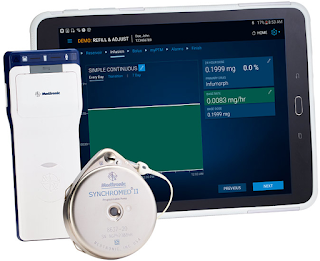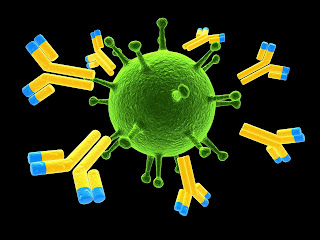AIR POLLUTION CONTROLLED BY ROBOTS
Air Pollution can be defined as anything that contaminates the air to an extent that makes the air dangerous to breathe.
Air pollution happens when pollutants are carelessly discharged into the air. In other words, air pollution indicates the existence of impure, unsafe, and hazardous substances in the air.The impact of air pollution on human health includes impairment of health, respiratory problems,allergies, etc. Further, air pollution greatly impacts ecological diversity and environmental,sustainability.We all should become free from pollution.
- The forest cover should be protected. Adequate forest cover is essential for maintaining the quality of air. Trees absorbs carbon-dioxide (CO2) and releases oxygen (O2).
- Green belts should be created. Such areas should be developed around densely populated cities. There should be strict restriction for establishment of large buildings and industries along the Green belt areas.
- Automobile engines should be redesigned in such a way that their emissions cause minimum pollution. Old automobile engines should be replaced by new ones. People should be encouraged to share the vehicle, and to avoid vehicles for short distances.
- Use of railway steam engine should be stopped. The burning of combustible materials such as coal produces poisonous gases that are released into the air. Electric engines should be used instead of steam or diesel engines.
- Industrial areas should be located at a safe distance from the residential areas.
- Newly designed smoke free furnaces should be used.
- Forest fires should be checked. Adequate preventive measures should be adopted to protect the forests.
- In industries there should be the arrangement for pollution control.
- Cheap devices for controlling air pollution should be developed.
- Air pollution can be checked only through the joint efforts of the government, non‑government organizations and the general public.
- These “Parasitic” Robots Are Designed To Suck Pollution From City Air
A concept for urban drones that perch on a city billboard and harness heat from the neon and pollution from the air to create a more sustainable fuel.
The CO2 also helps boost the growth of plants on the robots’ wings, so the robots can double as miniature farms. “The plants and robot work as a hybrid, because the main goal is to reduce CO2,” says Michal Jurgielewicz, a Beijing-based architect who is part of the design collective NAS-DRA.“The plants are planted and harvested by humans using hydroponic farming,” he explains. “We’re aware that urban conditions can be harsh and growing the plants for food can be difficult. It should be adjusted to the place and conditions, so using sensors, one can modify how plants should be grown.”- The system would collect organic waste from the plants to create biogas, while the extra CO2 would be used to create methane. Some of the power from these fuels can run the robots themselves, making the system self-sufficient.
The neon billboards that line Hong Kong streets may eventually do more than just sell products. In a new project, a group of designers hopes to use the signs–along with a fleet of drones–to suck CO2 out of city air.NAt night, when the billboards light up, the robots would attach to them, using the heat from the neon in the next step of the process. Heating up the polymer to a certain temperature releases the CO2, which can be collected and used in energy production.
- uring the day, the drones (or, as the designers call them, “parasitic robots”) would perch on billboards. Coated in a polymer known for its carbon-sucking powers, the robots spread their wings and collect pollution as long as the sun is up.
- Reducing air pollution with hybrid-powered robotic tractors for precision agriculture
-
- POLLUTION-EATING ROBOTS COULD HELP PROTECT THE PLANET
- “Sometimes, tankers flush their oil tanks into the sea, so oil is released into the sea that way,” said roboticist Jonathan Rossiter, host of a TED Talkthat discussed the potential these robots may have. “Wouldn’t it be nice if we could treat that in some way using robots that could eat the pollution the oil fields have produced? So that’s what we do – we make robots that will eat pollution
- ” which is then digested and converted to energy that powers the propulsion and paddles through the boat’s motor. According to Rossiter, the robot can operate continuously for months,generating more energy than it consumes.Researchers at the University of Bristol may have engineered a new way to clean up our planet’s waterways – with a swimming machine called “Row-bot,” which digests pollution and turns it into electricity for fuel.


Comments
Post a Comment